Better Safe than Sorry: Pre-Ownership Plumbing Inspections for Homebuyers
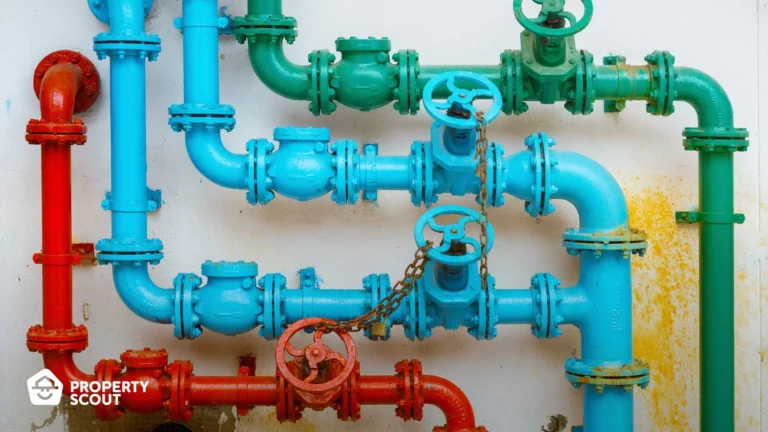
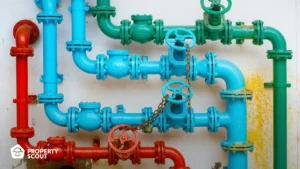
When purchasing a new house, condominium, or upon the completion of a newly built home, it is crucial for homeowners to prioritize a comprehensive inspection before finalizing the ownership process. While many aspects of the property may be scrutinized, there is one vital element that often goes unnoticed—the plumbing system. In this blog post, PropertyScout aims to shed light on the significance of inspecting the plumbing system and provide a detailed guide for homeowners to ensure its proper functioning and reliability.
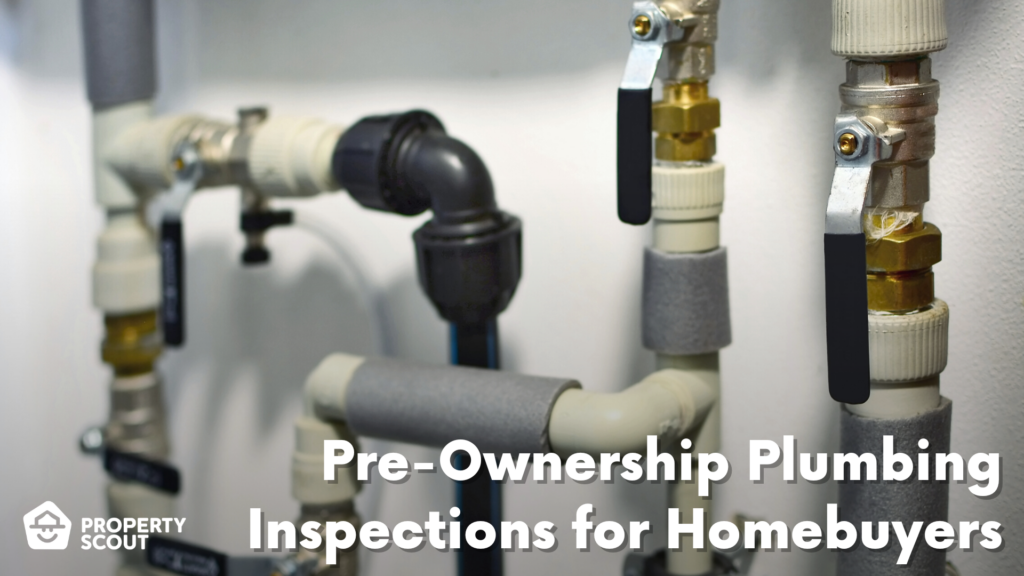
The Different Types of Plumbing Pipes
Before delving into the topic of plumbing inspections, it is essential to gain a clear understanding of the various types of plumbing pipes and their unique attributes.
Among these, 'Polyvinyl Chloride (PVC) pipes' stand out as a popular choice. Crafted from polyvinyl chloride material, PVC pipes are prized for their remarkable durability and cost-effectiveness. With a range of colors to choose from, each shade serves a specific function and possesses distinct characteristics.
Yellow PVC Pipes
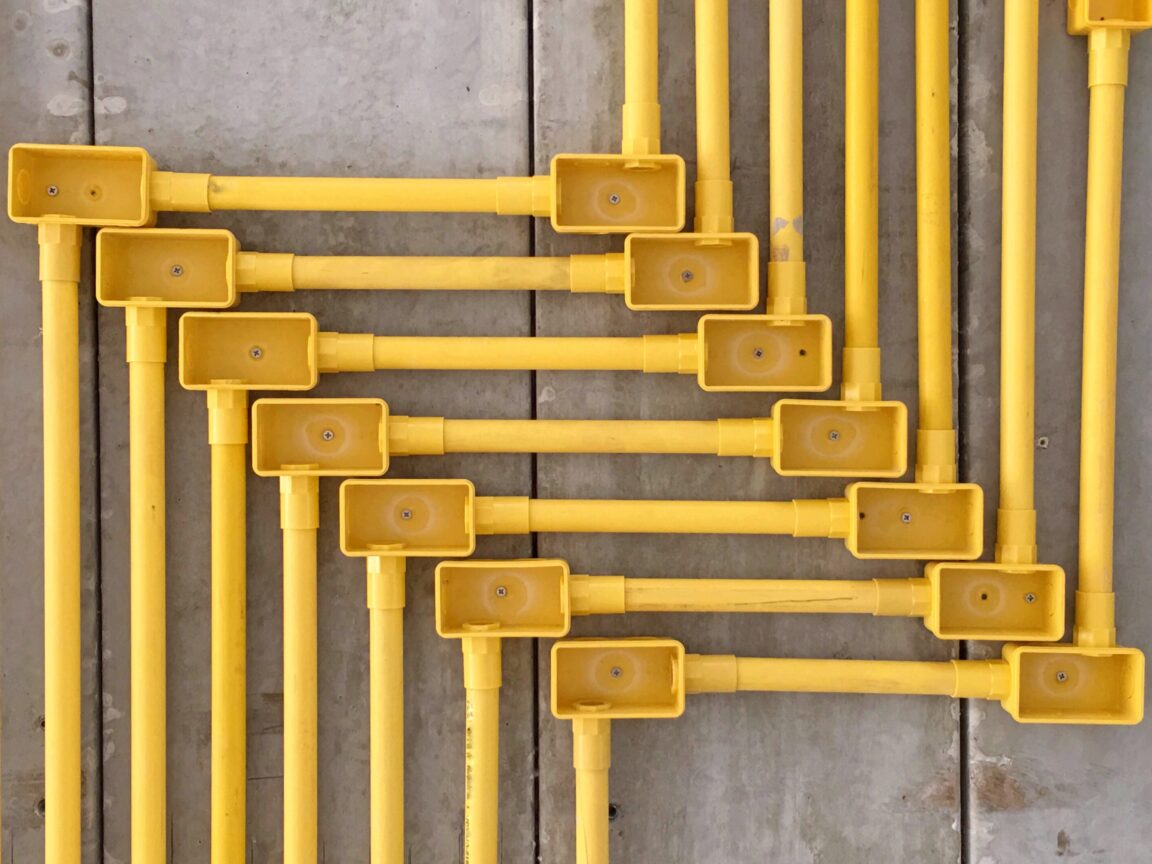
This particular pipe is ideal for electrical wiring systems in buildings, thanks to its excellent insulating properties, ability to withstand heat, and low electrical conductivity. However, it's important to note that this type of pipe has limited size options since its primary purpose is to accommodate electrical wires.
White PVC Pipes
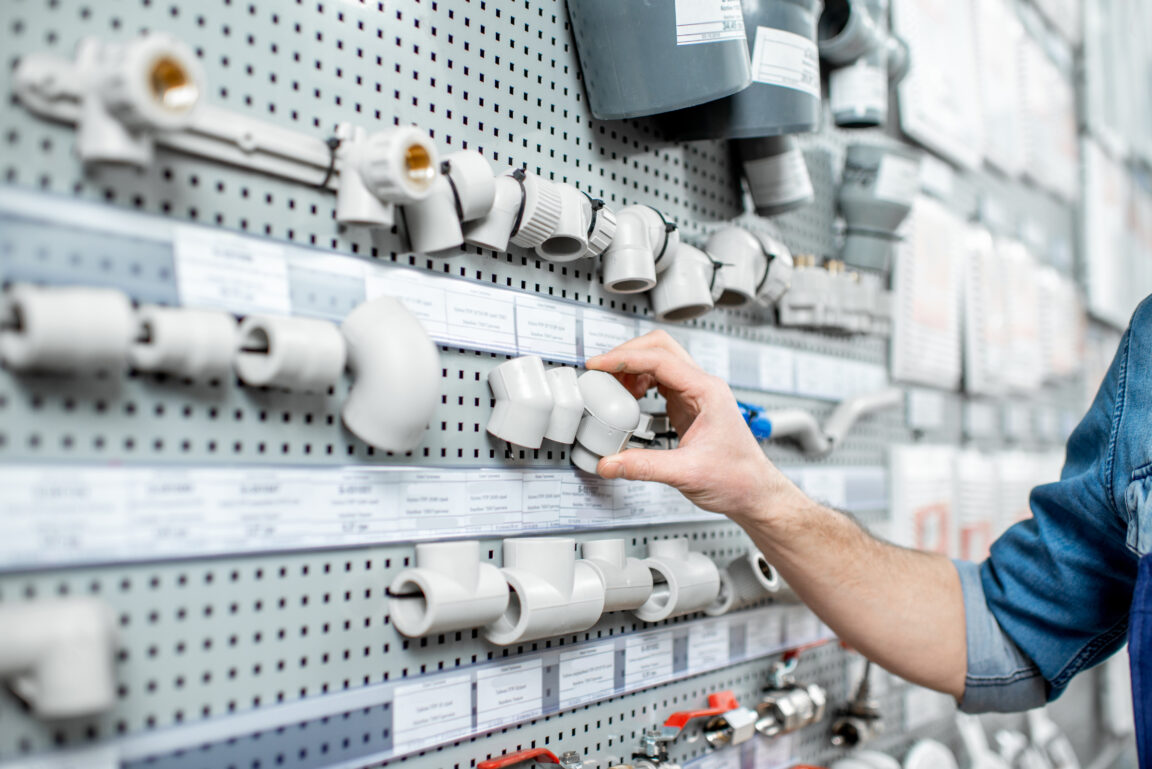
Designed specifically for outdoor electrical wiring systems, this pipe is a perfect choice. While it possesses similar properties to yellow PVC pipes, it surpasses them by providing superior resistance against UV radiation. Moreover, its remarkable flexibility enables easy bending without the requirement of additional fittings.
Blue PVC Pipes
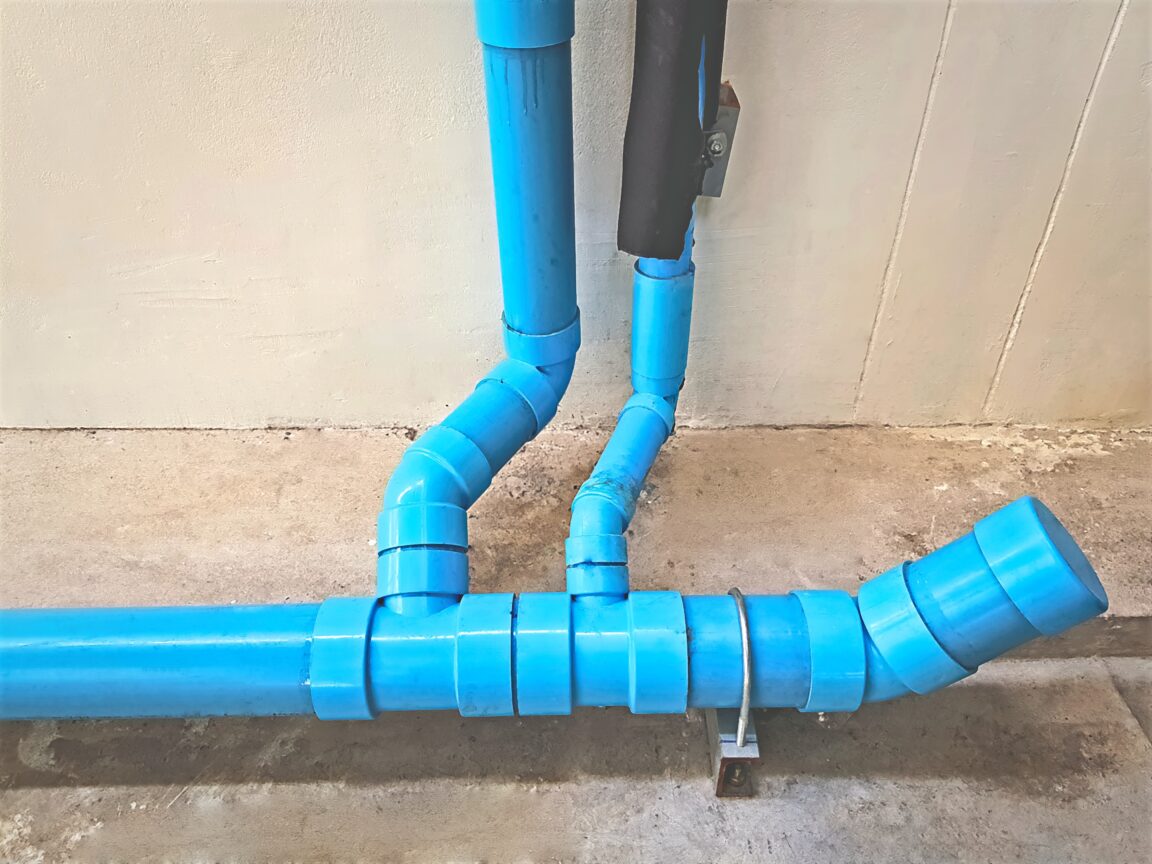
Polypropylene Pipe (PP-R)
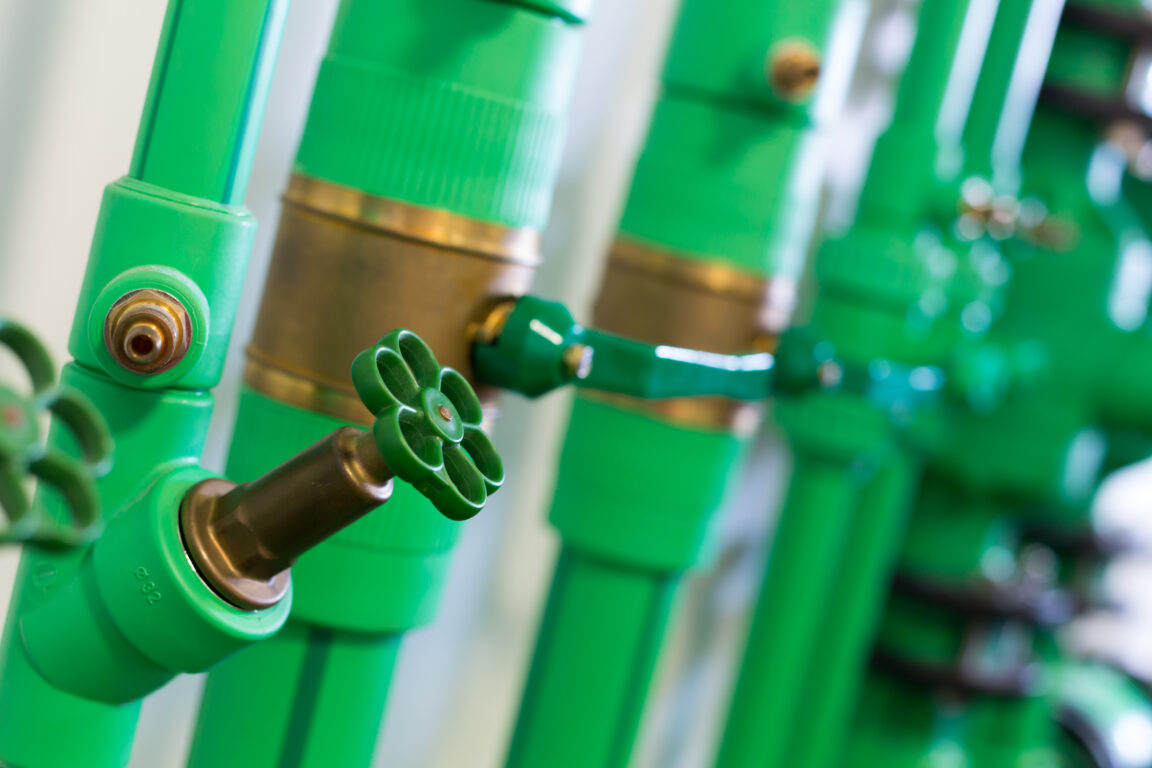
This remarkable pipe finds its place in diverse plumbing applications, including residential water supply systems, hot water pipes, and cold water pipes. It serves as a reliable choice for both standard and hot water connections, particularly those linked to water heaters. However, when procuring these pipes, attentiveness is key. Keep an eye out for pipes specifically designed for hot water applications, distinguished by prominent red stripes.
Grey/Black PVC Pipes
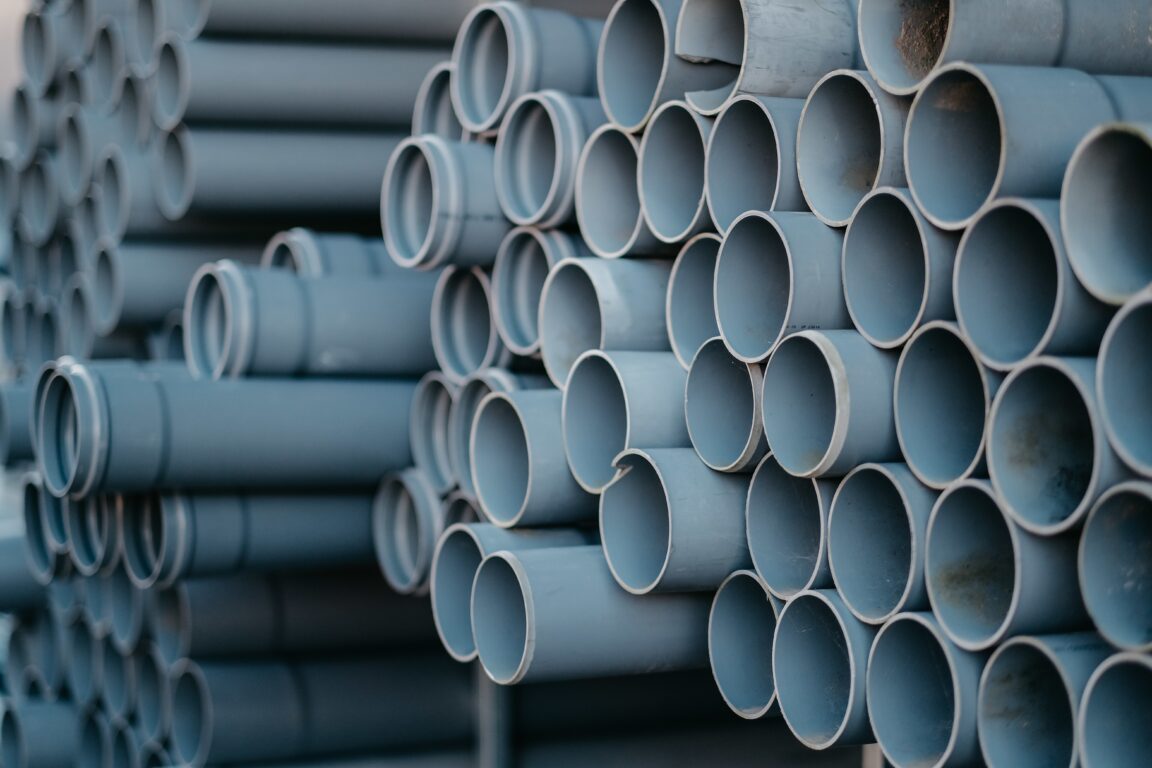
While this pipe offers affordability and is commonly used for agricultural water distribution, it does come with a trade-off. Its limited flexibility and susceptibility to breakage should be noted. For indoor applications, gray/black PVC pipes are ideal for wastewater purposes, yet caution is advised when considering them for plumbing water supply systems.
Plumbing Pipe Inspections During Construction
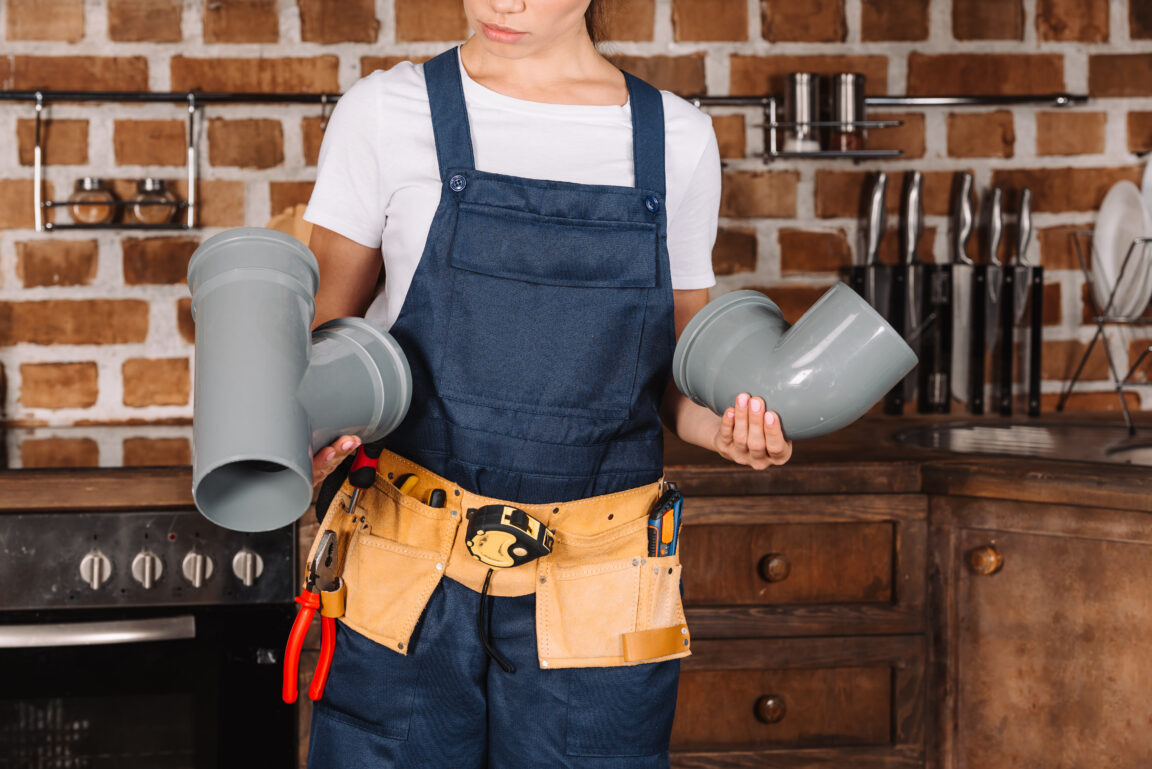
Now that you have acquainted yourself with various types of PVC pipes and their unique characteristics, it's time to delve into the crucial first step of plumbing system inspections. It is highly recommended to initiate this process before the house undergoes ceiling installation or plastering. This strategic timing provides a clear view of the plumbing system's quality. This approach is particularly beneficial for homeowners who are constructing their own homes with contractor assistance or purchasing a house within a project before its finalization. The following are what to look out for in a plumbing pipe inspection during a house construction.
Check to see if the pipes meet the standards
As a responsible homeowner, it is essential to carefully examine the materials used for your plumbing pipes to ensure they are appropriate for your water system. In the case of a hot and cold water system, it is crucial to use PPR pipes instead of PVC pipes. Furthermore, it is recommended that the plumbing pipes you choose bear Thai Industrial Standard (TIS, มอก.) certifications.
Proper Pipe Assembly
When it comes to installing plumbing pipes at different angles, cutting the pipes and using fittings becomes necessary. It's crucial to ensure that each fitting fits tightly onto the pipe, with smooth and even edges, and is sealed properly using pipe joint compound. This becomes even more important when working with blue PVC pipes, as they have limited flexibility. Careless cutting, fitting, and jointing can lead to potential leaks down the line.
Proper Pipe Arrangement
A well-organized plumbing system is essential for efficient water distribution and waste management in a house. One crucial aspect is the orderly arrangement of plumbing pipes on the ceiling. By employing the shortest pipe layout, we can minimize water pressure loss and enhance overall system performance. Additionally, strategic inclinations of wastewater pipes and contaminants facilitate smooth drainage, reducing the risk of waste accumulation and blockages.
Inspect Leaks before Covering Up
In order to ensure a leak-free plumbing system, it is advisable for homeowners to request the plumber or contractor to conduct a water test throughout the entire plumbing system before proceeding with plastering or finishing the ceilings. By doing so, any potential leaks can be easily identified and addressed, avoiding the inconvenience of discovering them after the pipes have been concealed.
Plumbing Pipe Inspections After Construction
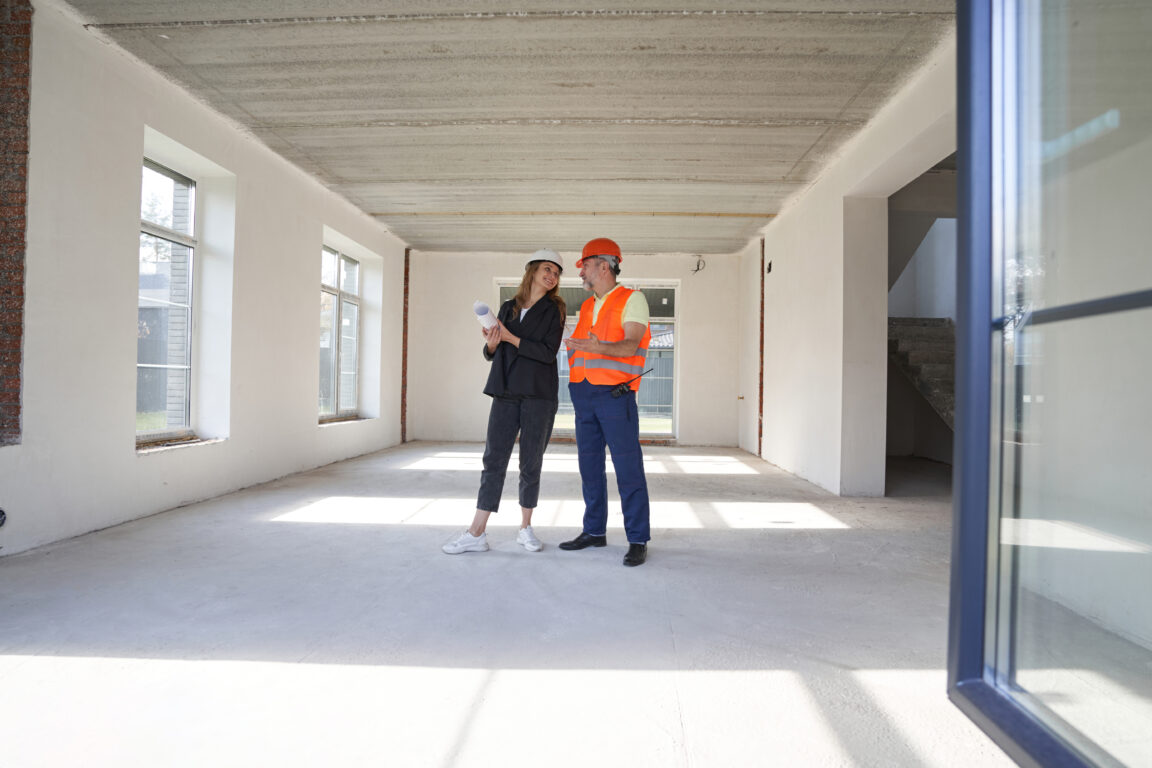
For homeowners who have purchased a completed or move-in-ready house, where there is no opportunity to see the concealed plumbing system within the structure, it is essential to include a plumbing inspection in the home inspection checklist. This ensures that the plumbing pipes are thoroughly examined for any potential issues.
Inspect the blueprints and material list
Requesting to view the house blueprints is the first step to understand the plumbing layout and determine the location of the pipes within the house. Typically, the blueprints are accompanied by a material list that provides information on whether standardized plumbing pipes are used.
Turn on all the water in the house
During the final inspection of the house, it is important to check the plumbing system by simultaneously turning on all faucets to test water flow and ensure an adequate water pressure. Then, test the functionality of the toilet flush by pressing the flush lever and observing if it operates properly. Additionally, carefully inspect the connection points between the fixtures and water pipes for any signs of leaks.
Inspect the water meter to check readings after turning the water off
After you've checked to make sure all the faucets work properly, turn them all off and proceed to observe the water meter to see if it is still spinning. If it continues to spin, it indicates that there is a leak in one of the plumbing pipes within the house.
Air Vent Connection
Many homeowners may not be aware that a plumbing system should include an air vent pipe connected to the drainage system and toilet traps. This air vent pipe helps prevent unpleasant odors from flowing back into the pipes from the drain or toilet traps.
Secure Pipe Connection
The water pump is one of the few points in a house where homeowners can visibly see the water pipes from the outside. These water pipes must be securely connected to the pump, without any signs of leakage, and they should be made of thicker pipes compared to other sections of the plumbing system to withstand the water pressure supplied to all faucets throughout the house.
Tips for Detecting plumbing pipe leaks in the house
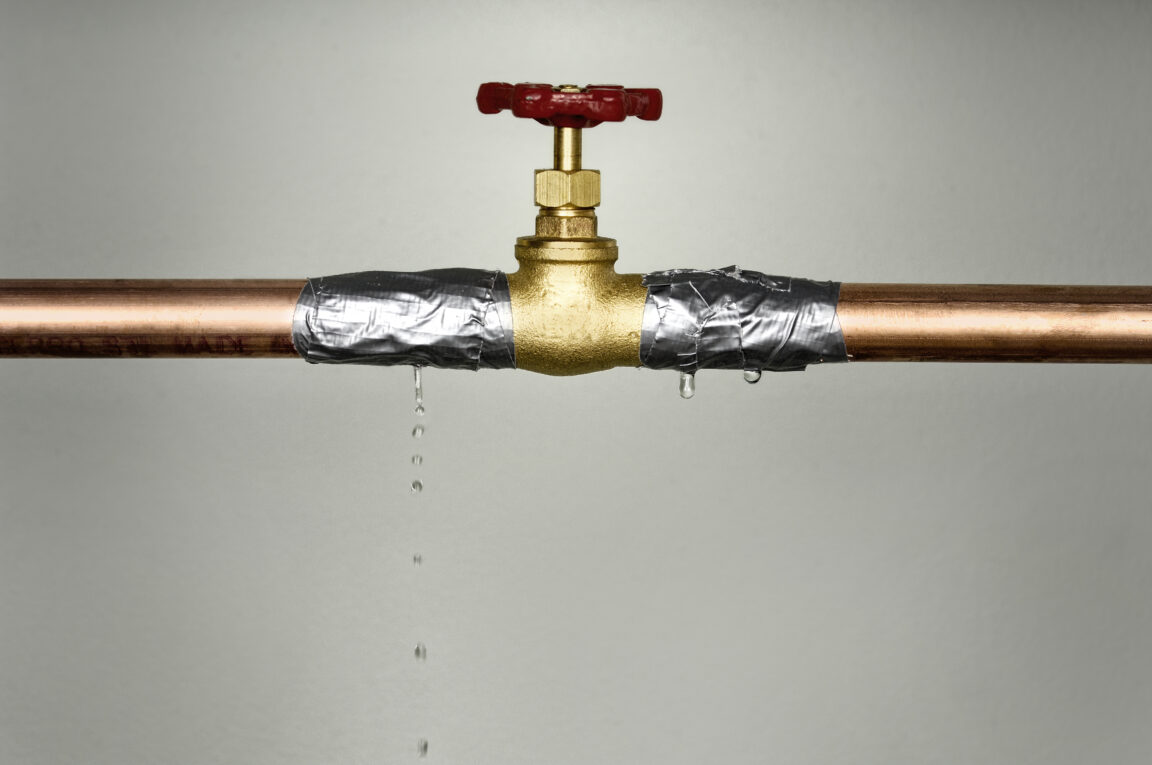
- Turn off all the faucets except for the main water meter.
- Inspect the water meter readings.
- Observe the water pump. If it operates periodically without water usage, this might indicate a leakage (which could also lead to increased electricity consumption.).
- Notify the juristic offices or relevant individuals if you encounter a leakage problem immediately.
Conclusion
In conclusion, prioritizing pre-ownership plumbing inspections as a homebuyer can save you from future headaches and unexpected expenses. By thoroughly assessing the plumbing system, including checking for leaks, testing water pressure, and evaluating the functionality of fixtures, you can ensure a smooth transition into your new home. Don't underestimate the importance of plumbing inspections, as they provide you with the peace of mind and confidence that your dream home is equipped with a reliable and efficient plumbing infrastructure. Remember, being proactive today can prevent costly repairs tomorrow, making it a wise investment in the long run. So, before you finalize your home purchase, make sure to include a thorough plumbing inspection to secure a worry-free and comfortable living environment.
Find your ideal property, available for sale or rent in the best prices possible, or list your property for sale or rent here. Alternatively, if you have any further questions, please get in touch with us:



